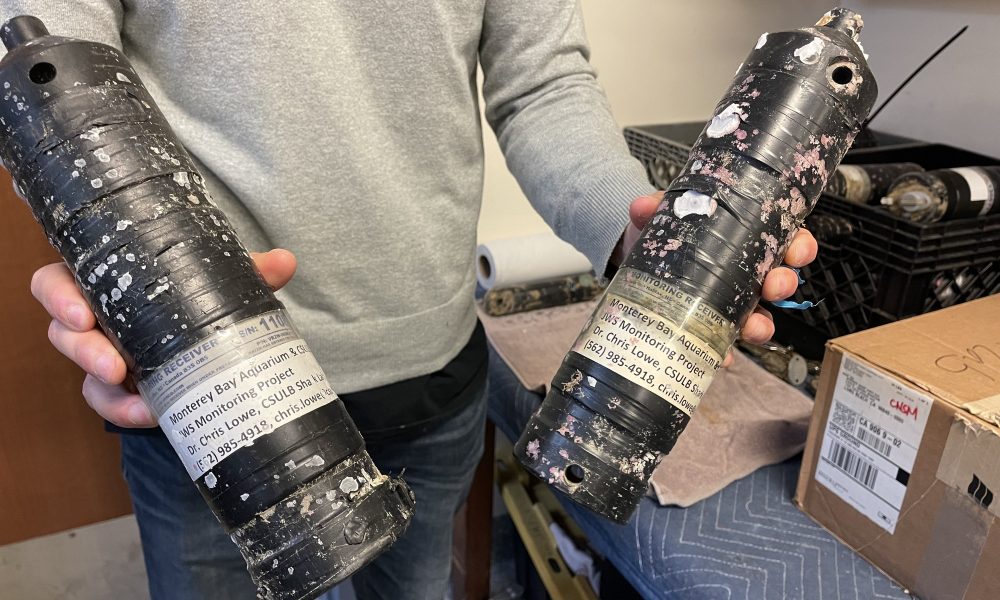Due to the winter storms, the Shark Lab at Long Beach State has lost over $76,000 worth of equipment. This storm doesn’t just mean the loss of expensive equipment, it also puts the future of the lab in jeopardy.
“It was heartbreaking,” said Patrick Rex, data analyst for the Shark Lab. “When they said it was a five-year storm it really was.”
The recent storms have highlighted the need to specifically design and prepare for storms and the advantages of investing in expensive stormwater systems. The Shark Lab’s crew is afraid and insecure about the fate of the lab.
“This is certainly one of the most damaging storm seasons I can remember from my 25 years here at CSULB,” said Chris Lowe, director of CSULB’s Shark Lab.
The study of juvenile white sharks requires a lot of technology and expensive equipment. In addition, there are specialized vessels needed for access to the sharks like acoustic transmitters inserted inside the shark and tags for outside the shark, buoys with acoustic receivers and hydrophones, a YSI EcoMapper AUV and a drone.
The buoys located in Santa Barbara, Coronado and Del Mar broke and washed up to shore due to the intense wind and currents. Because the buoys can only withstand so much force, they broke free from the line and repeatedly hit the rocks.
These buoys cost anywhere from $16,000 to $32,000, with the solar panels alone costing several thousand dollars. Each acoustic receiver costs anywhere from $2,500 to $5,000 and they lost at least 30 of their receivers.
Although most were recovered before they were further damaged, the external parts of the buoy such as the solar panels and the receivers have to be replaced. They are the main tools used to track the sharks and without them, research will be delayed.
“We lost almost 40% of our receivers in this storm,” said Emily Spurgeon, a Shark Lab graduate researcher, “It was a really big financial blow for the Shark Lab. Not only the gear that we lost but the time that we’ve lost not being able to continue our research.”
Because of all the time spent searching for receivers and fixing gear, the Shark Lab’s field season started late and cannot focus on shark tagging. The rainy and windy weather continues to put a damper on their work and conditions in the water make it near impossible to do their research.
“Because the storm is turning up all the sediment in the water, the visibility is so poor we are basically working at a fraction of the efficiency,” said Spurgeon.
The Shark Lab’s gear and equipment come from out-of-school funding through grants and private donations. The lab has been relying on the $3.7 million funding from the state four years ago, but they are coming near the end of funds quickly due to the storms.
“The university doesn’t have any obligation to keep the Shark Lab,” continued Spurgeon. “They can do whatever they want with the space but if we get funding it’s more of a pressure on the university.”
If research at the Shark Lab stopped, this would mean a massive loss of data for various major coastal cities that sharks tend to swim through including Huntington, Dana Point, Sam Clemente, Santa Monica Bay, Santa Barbara and Carpinteria.
Because city officials and lifeguards are concerned with public safety and want to know the location of sharks, they work with the CSULB Shark Lab by providing equipment in exchange for data.
The lab is currently working on achieving extra funding and letters of support from the cities they partner with to advocate for the shark lab budget.




